Who do we thank for all the flowers along North Carolina's roads?
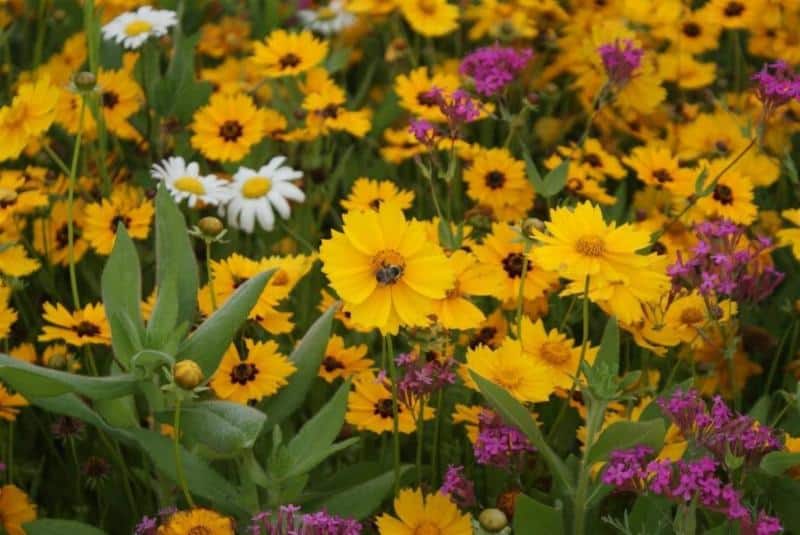
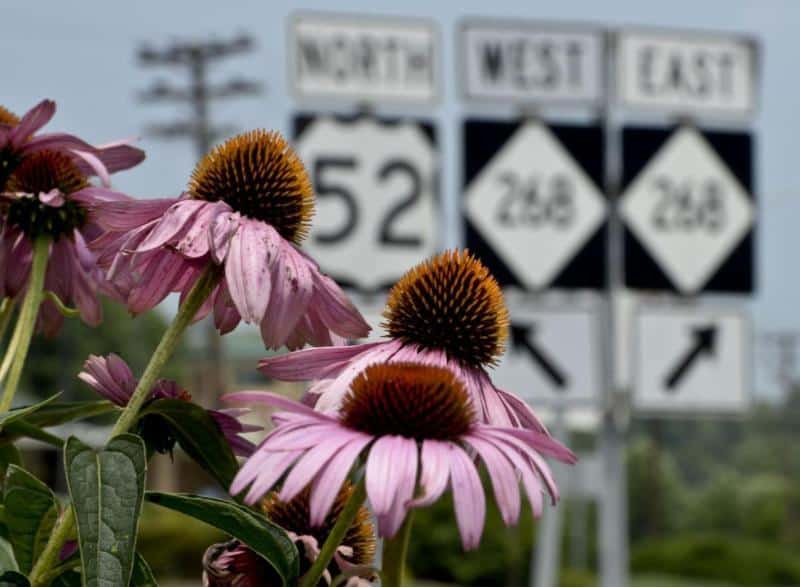
The topography and climate enable two annual planting cycles. During July, autumn-blooming wildflowers like cosmos, zinnias, and sunflowers are seeded along the roadsides. In October, spring and summer-blooming wildflowers like toadflax, corn poppy, rocket larkspur, lance-leaved coreopsis, and 12 other varieties are sown. There are over 130 varieties of wildflowers planted throughout North Carolina. With 30 years of experience, roadside employees know which flowers bloom in sequence, planting specific combinations to lengthen the amount of time each individual site is adorned with color. Some sites are uniform, while others are planted to look like meadows with a variety of wildflowers, and still others feature bold patterns of different-colored flowers that highlight the creativity of the crews installing the plantings.
The long-term effect will help facilitate the development of roadsides into biological corridors comprised of a diverse mix of planted and naturally occurring native flora. This will increase habitat for pollinator species*, including monarch butterflies during their annual migration through North Carolina, while reducing the cost of managing roadside vegetation. It also supports tourism efforts and improves commuters’ temperament (if only subconsciously).
Revenue generated by the sale of personalized license plates are the principle source of funding for the NCDOT Wildflower Program, along with donations. When you purchase a personalized plate you are supporting wildflowers and highway beautification with a portion of the extra fee. Many people also choose to make a direct contribution to the wildflower program, since 100 percent of such contributions are used for the program.
*An extension of the NCDOT Wildflower Program, the “Pollinator Habitats” effort focuses on sustaining North Carolina’s $78 billion agricultural community by expanding and protecting habitats.
For more information or to make a contribution to the Wildflower Program write to:
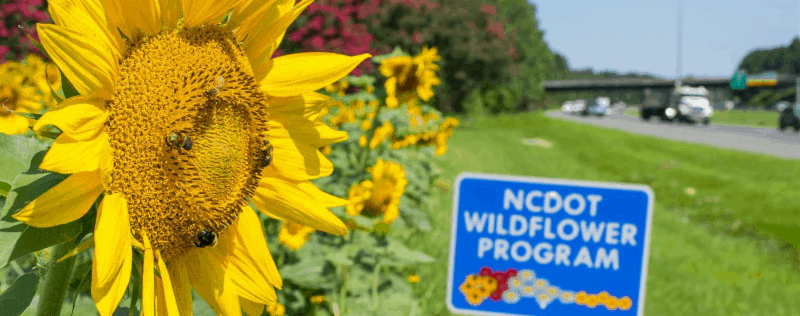
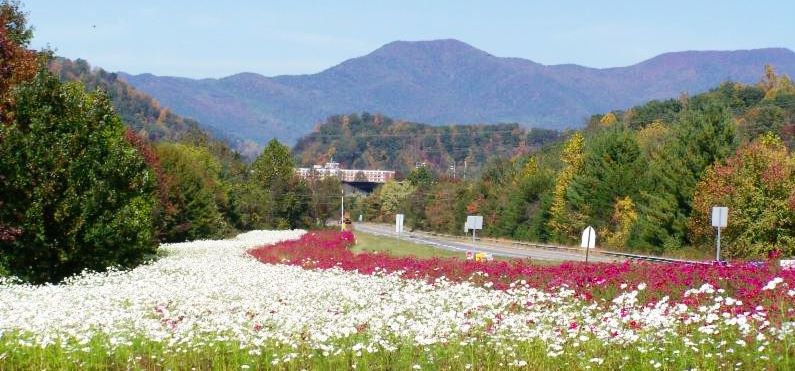
City of Raleigh Senior Engineer Reuben Moore (a previous employee at J.M. Teague Engineering & Planning) worked for a time in NCDOT, managing the Division 14 Roadside Environmental Unit. He was immediately impressed by all the different activities in which they were involved. Wildflowers may be their most visible program, and they excelled over the years under both Columbus Ashe in the 1980s and 90s and Richard Queen in the 1990s and beyond. As Reuben notes, “the Division 14 office is lined with award plaques from both the region and the state level, with many first place awards.” The Roadside Environmental Units also maintain the Welcome and Rest Areas across the state (generating almost as much fan mail as the wildflowers!) They also provide seeding and mulching on state constructed road projects and maintain storm water retention areas. We are proud of our western NCDOT staff for their continued efforts in making sure our roadways are absolutely beautiful!
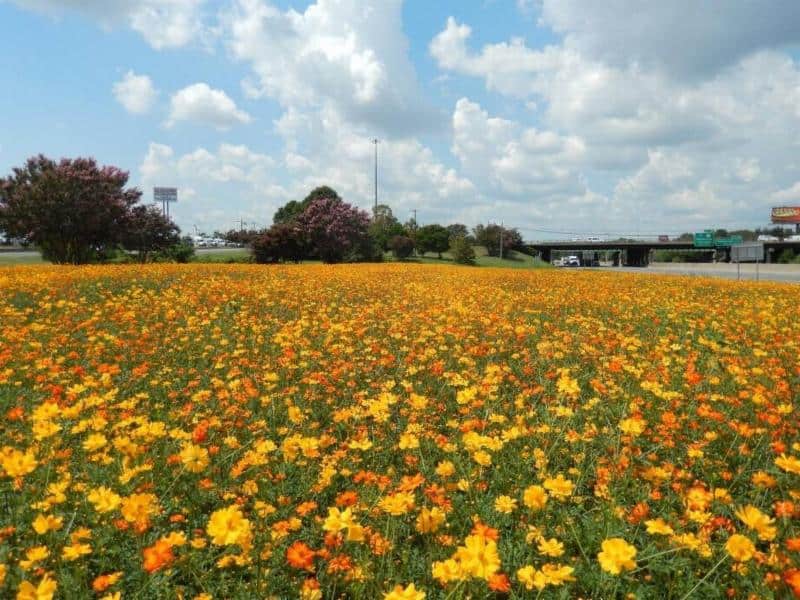
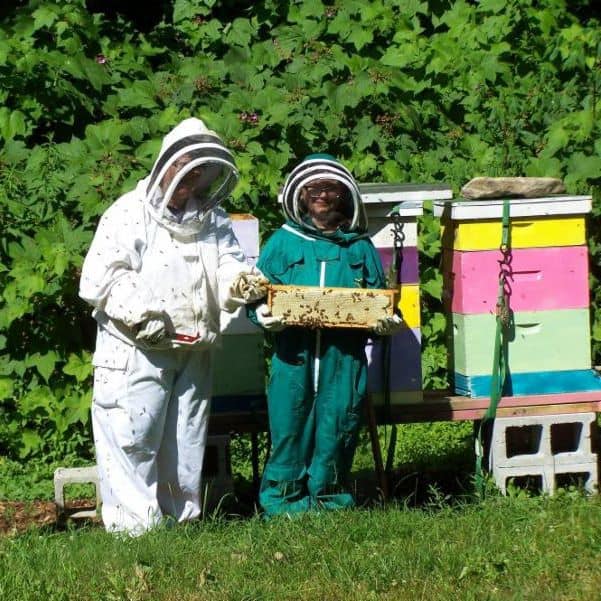
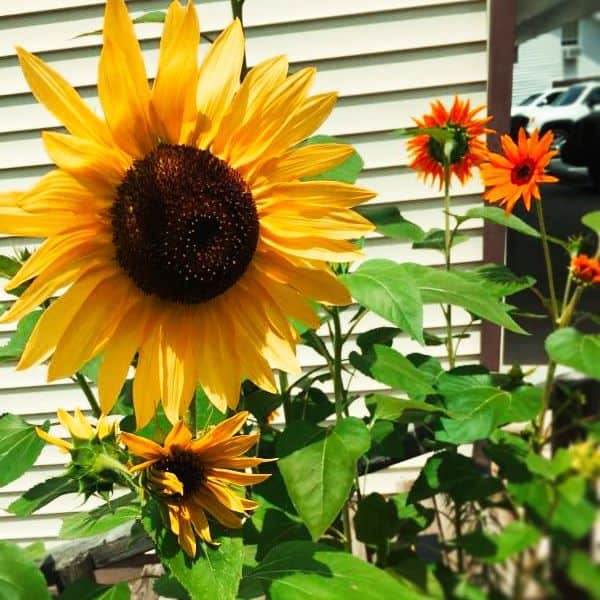
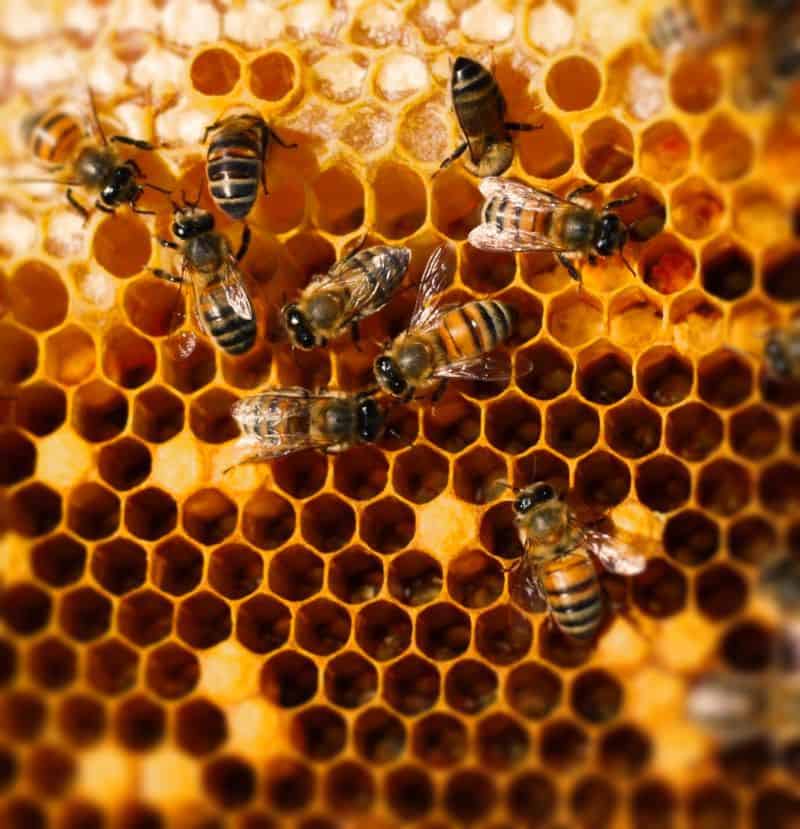
Updated Local Planning and Development Regulations out of Raleigh
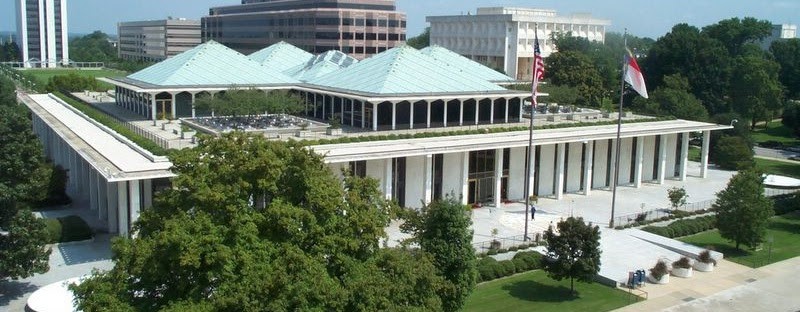
The State of North Carolina has passed new legislation looking to tighten up municipality planning and development regulations. Municipalities across the state are experiencing hard to find, hard to understand and inconsistent statutes fueling a frictional relationship between governments and the people they represent. In short, this legislation will repeal Article 18 of Chapter 153A and Article 19 of Chapter 160A of the General Statutes and revise Chapter 160D. With all changes finalized, municipalities are required to revisit local statutes and amend them to form to the General Statutes of the State creating a more universal set of regulations for the State of North Carolina. In the State’s more populated localities, these edits can be addressed properly and easily given their additional resources. However, this new legislation will force smaller municipalities to dig into their own legislation to make the necessary changes, something a lot of local governments have no experience with. In light of this news, our team sees an opportunity to lend its services around the State. We are equipped with the knowledge and expertise fit for understanding, revising and realigning local planning and development legislation with the updated Chapter 160D of the General Statues of the State of North Carolina. At JMTE, we have years of experience assisting small towns with planning services. To see if we can meet your town’s planning needs, get in touch with Andrew Bowen, our Planning Director, today at andrew@jmteagueengineering.com or (828) 456-8383. It’s never too early to get your Code of Ordinances up to date!
ENTER TO WIN A FREE BOOK!

|
